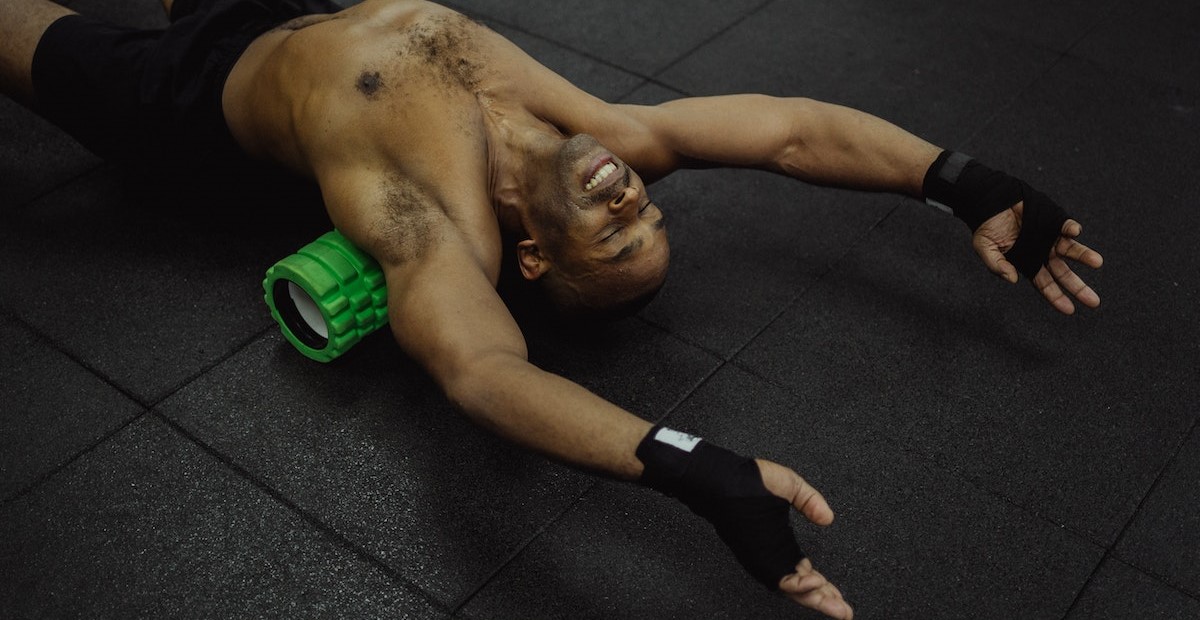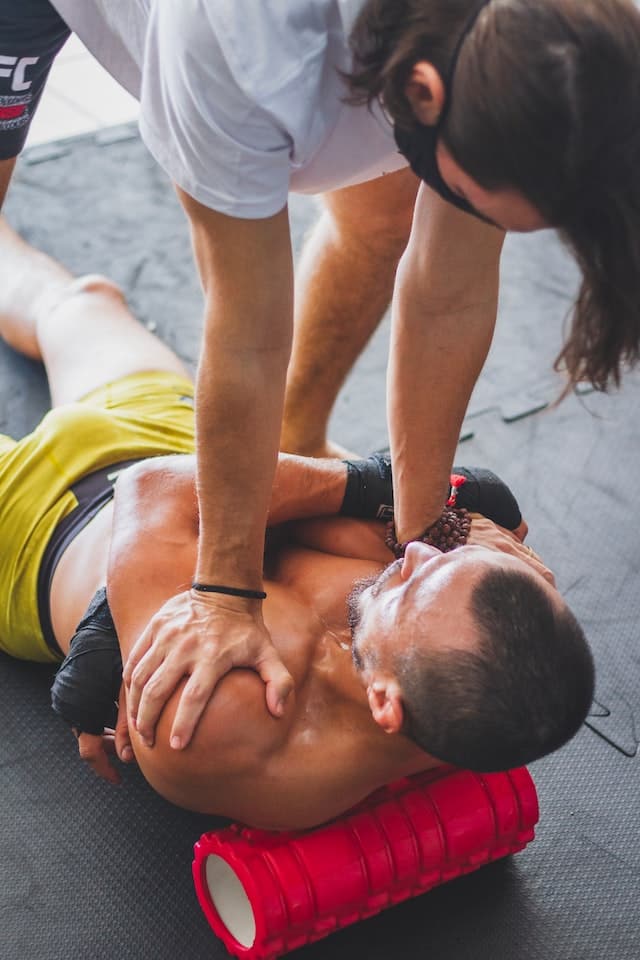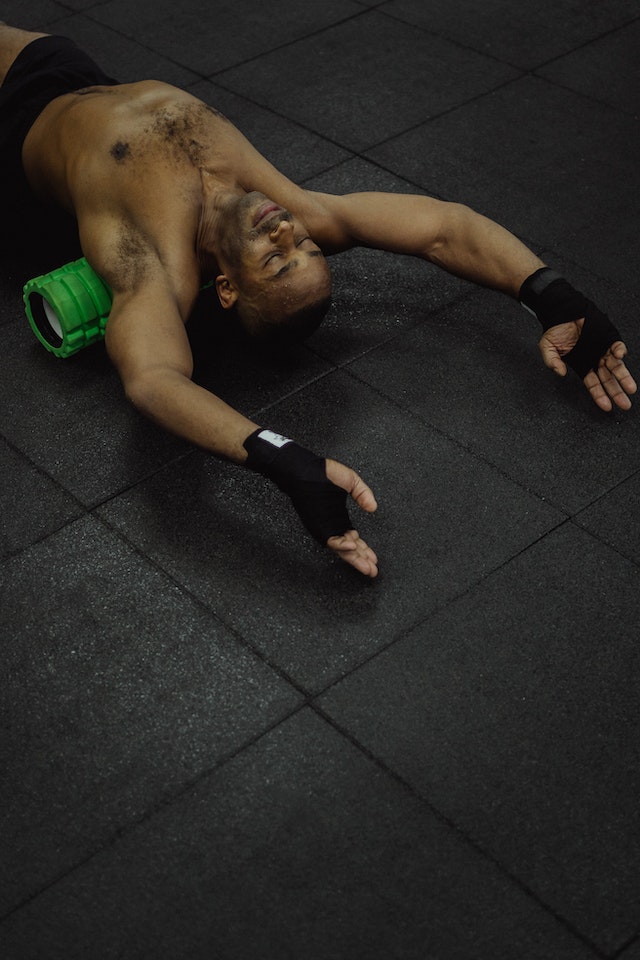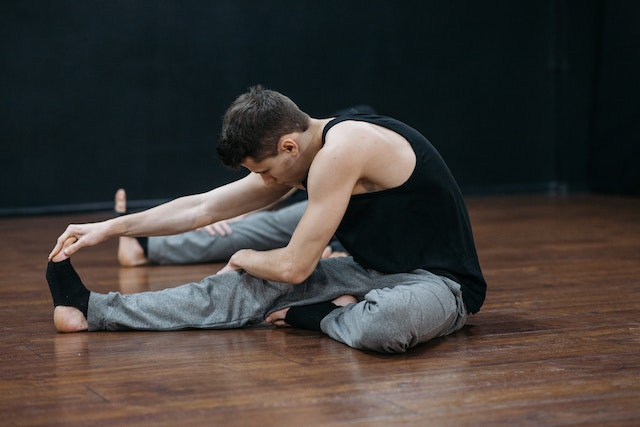
Contents
Making use of a foam roller to enhance your recovery game, relieve muscle tension, activate trigger points and help with healing
Whether you like to work out hard or not, making use of pushing boundaries or taking it easy and working on toning, you’ll benefit from using a foam roller, no doubt. Foam rollers are designed to give you a dynamic approach to recovery, helping to alleviate soreness, reduce inflammation, increase blood flow and help with soft tissue adhesions. In fact, the pros I just highlighted there are only touching the surface when it comes to foam rollers, so listen up, read on and understand just how good this classic method can be.
So it sounds pretty straightforward, but what can you actually do with it? What areas can you target?
Foam rollers can be used in pretty much any area that they fit. More obvious positions or areas are ideal, but if you can apply the roller to tricker areas, too, then great. Slowly roll and apply pressure – you’ll feel the benefits of foam rolling for as long as you need. So, for upper body needs, upper back placements, lower body requirements or even an all-over self-myofascial release, you’re safe with a good old foam roll for a host of recovery requirements.



Upper back
A hugely popular and challenging area, the upper back takes a lot of strain when exercising, even from standing up. It’s important that you treat this area in the right way, and with a foam roller, you can release tension and reverse soft tissue strain. All you need to do is lie on your back with the foam roller positioned underneath. Use the foam roller, after your knees are bent, of course, to then brace yourself into a bridge or reverse plank and slowly rock back and forth. Simple. These foam roller exercises are very easy to do and yet so effective, so get to it.
Hamstrings
Another really important aspect of bodily recovery, the hamstrings play a big part in cardio exercise. Soft tissues and hard tissues make up a lot of the leg, and with the hamstring being a main muscle, then you’ll want to use the foam roller here, every time you run. Again, start by sitting on the floor with your legs extended. This time, position the foam roller underneath your hamstrings. All you’ll want to do is then lift your body up, so your weight is resting on the foam roller and begin to slowly roll up and down between the back of your knees and your glutes. Roll slowly, making sure your outer thigh is parallel to the floor and feel the slight pain that comes with recovering certain muscle positions. Great stuff.
Conclusion
There are only two examples here of how to use a foam roller. There are so many ways and areas you can make use of this creation, so be kind to your body and read up more about them. From a foam roller beneath your leg to a foam roller horizontally placed under your back, you’ll see nothing but great benefits with this tool.
FAQs
Can you only roll forward if it hurts too much?
What’s recommended is that you roll both ways, as soft tissue tension release occurs much quicker in doing so. You get the most out of the tool this way, and if it hurts more going one way then that’s the way it should therefore be treated the most.